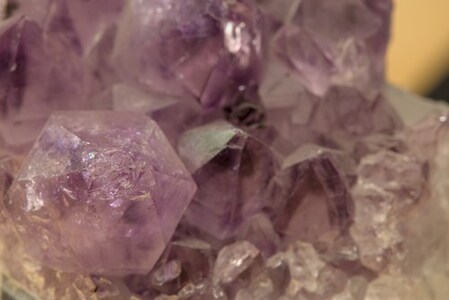Many modern cameras allow for automated focus stacking (focus bracketing in Canon speech).
A quick excursion how this works on a Canon RP (and similar R models):
- Enable Focus-Bracketing
- Set the maximum number of images, i.e. 40 or more for macros - for landscape it will often only be 10 images that are taken. The camera will decide anyway when to stop (When focus reaches infinity), thus you can leave this on a high value just to be sure! Macro images require more photos than landscape (my rule of thumb...)
- You can adjust the focus increment, for me 4 is fine. You might decrease it for smaller aperture numbers.
- Now, focus on the nearest distance you want to have sharp in the image
- Maybe enable 2 second timer to reduce vibrations on the tripod and press the shutter button once.
- On a bright day, this takes only a second to gather all the images!
Using enfuse and the tools from hugin-tools, it is quite easy to create a nice focus stacked image out of the set of images. These commands came from foto.schwedenstuhl.de.
I use darktable to collect my photos, so the first step is to export the set of images as .tiff files.
In the next step, we use the tool align_image_stack from hugin-tools to align the images:
align_image_stack -v -m -a Aligned *.tif
It seems counter-intuitive to do the alignment, even if we used a tripod. But there is a reason for this: during focusing, the actual focal length shifts a tiny bit (This phenomena is also called "focus breathing"). For landscape photography, this might not necessarily be required (I tested it). But still, you can see a small effect of this even in landscape images. For macro-photos, this matters a lot!
Now, we can call enfuse to create the fused image:
enfuse \
--exposure-weight=0 \
--saturation-weight=0 \
--contrast-weight=1 \
--hard-mask \
--contrast-window-size=9 \
--output=fused.tif \
Aligned*.tif
You can play around with the options, but these were already recommended elsewhere and seem to be a good starting point.
Here is an example. This is the first image of the stack, notice the very shallow focus:
Now, the focus stacked image - you can clearly see that the focus is over the full depth!

